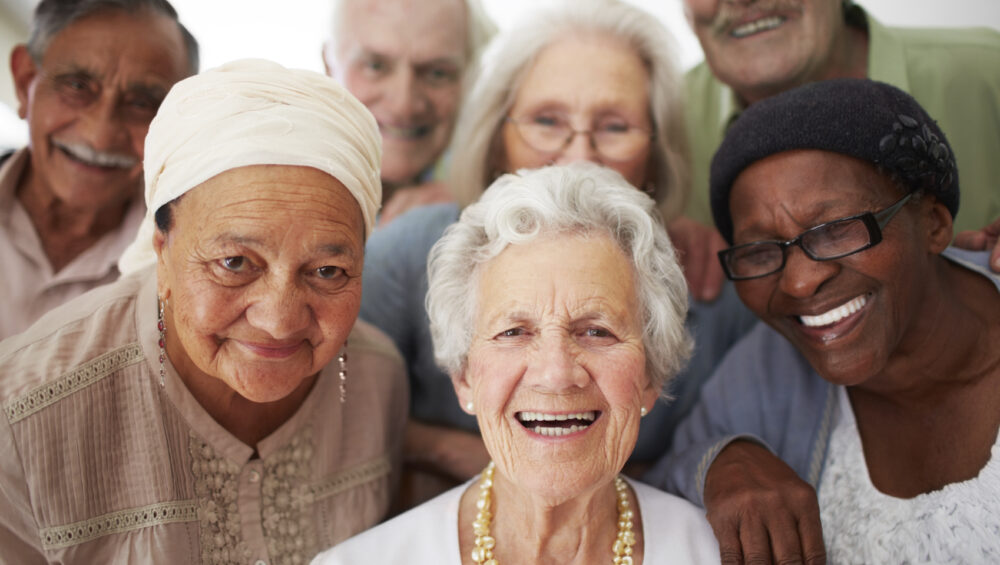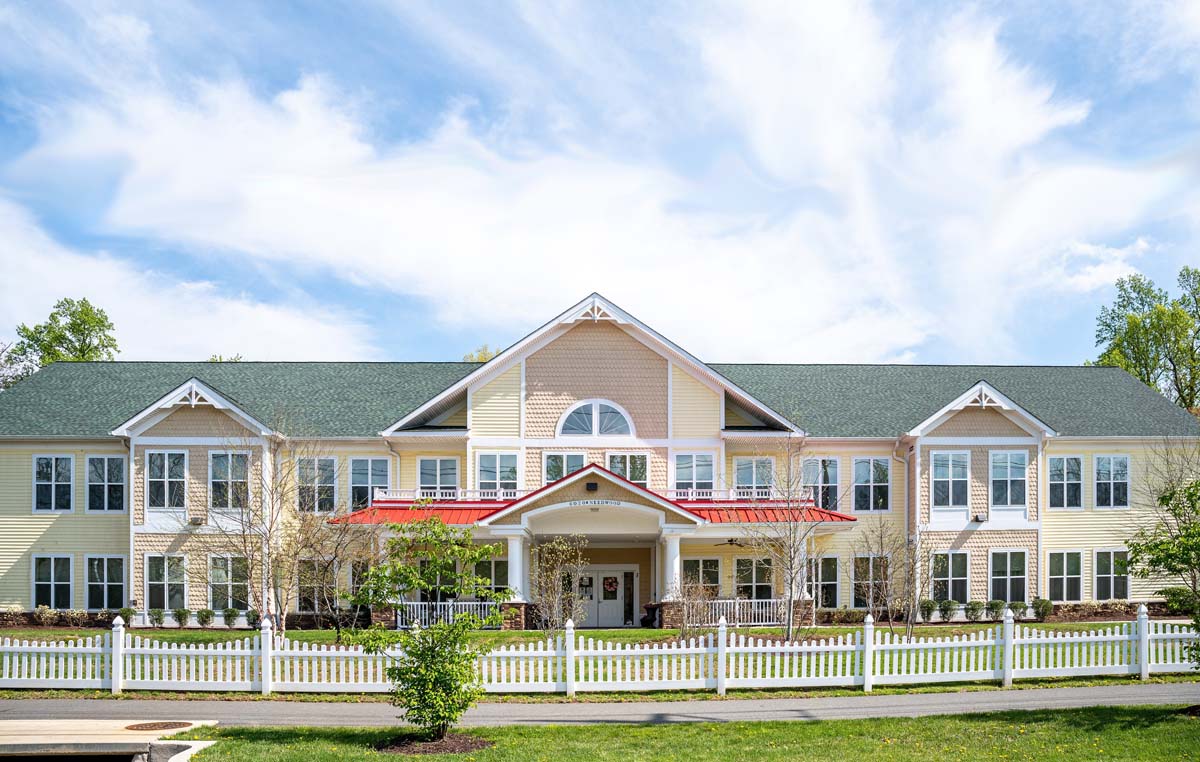It is customary for people to make “New Year’s Resolutions” at the start of a new year, but the vast majority of those who make such resolutions give up sooner rather than later. A recent study done by Columbia University found out that about 75 percent of resolution-makers abandon their New Year’s resolution after the first month. We are now one month into the New Year and are at about the time when people start slacking off on their resolution, so this is a good time to think about long-term commitment to resolutions, especially those that involve lifestyle changes and are aimed at achieving a healthier lifestyle.
For seniors, the primary concern is the changes that take place as we get older, and seniors are very likely to make resolutions that are directed at dealing with these changes. Younger folks may not take aging very seriously, and may direct their resolutions at being more successful in life or in their careers or personal relationships. However, aging is not just a concern for the elderly.
A recent study done at Stanford University found that the aging process occurs in two stages and has two peaks—the first at around the age of 44 and the second at the age of 60. This means that people in their 40s and 50s should be taking aging seriously and making lifestyle changes directed at addressing the aging processes in our bodies that start when we are in our 40s.
During this first phase of aging, our body’s ability to process alcohol declines sharply, our skin and muscle texture becomes weaker, and our body’s ability to deal with caffeine, fats, and sugars drops dramatically. The result of this decline in our ability to process fats is that cholesterol begins to build up in our arteries, and this in turn leads to an increase in blood pressure. These are the main changes that we need to address in our 40s and 50s, in preparation for the second wave of aging that will hit us in our 60s.
There are several lifestyle changes that we can make in our 40s and 50s that will benefit us later in life, when we officially become “senior citizens.” We can avoid, or at the very least cut down on our intake of, processed meats, diary products, baked and fried goods, and so on—all of which contain saturated fats high in cholesterol. When cooking or preparing salad dressings, we can stay away from butter, coconut oil, and palm oil, and instead use vegetable oils, such as virgin olive oil, sunflower seed oil, peanut oil, or avocado oil. We can cut down on alcohol, coffee, and sugary desserts—or eliminate them entirely from our diet. It is also a good idea to have blood pressure and cholesterol levels checked regularly.
The other major change that takes place in our 40s is that our bones get weaker. In fact, our bone health reaches its peak at the age of 30. This is true for both women and men. According to recent statistics, one out of very two women and one out of every five men in their 50s have broken a bone as a result of the natural weakening of bones through aging. The lifestyle change that can address this issue is to engage regularly in rapid walking or jogging and in muscle-strengthening exercises, especially for arms, legs, and spine. Muscles lose their strength as we age, and this also contributes to poor bone health. Make sure you get plenty of calcium in your diet and also Vitamin D, which helps the body to absorb the calcium in our food. Exposure to sunlight helps the body to produce Vitamin D, but in the winter months, when sunlight is limited, you can get your Vitamin D from a supplement or by consuming food items that have been enriched with Vitamin D. Several brands of orange juice and almond milk are now fortified with calcium and Vitamin D, so add those to your diet.
It is not too late to make a resolution for 2025 to undertake lifestyle changes that will counter the aging process and at the same time live to better health.
Dr. Veena Alfred Ph.D
CEO /Administrator





